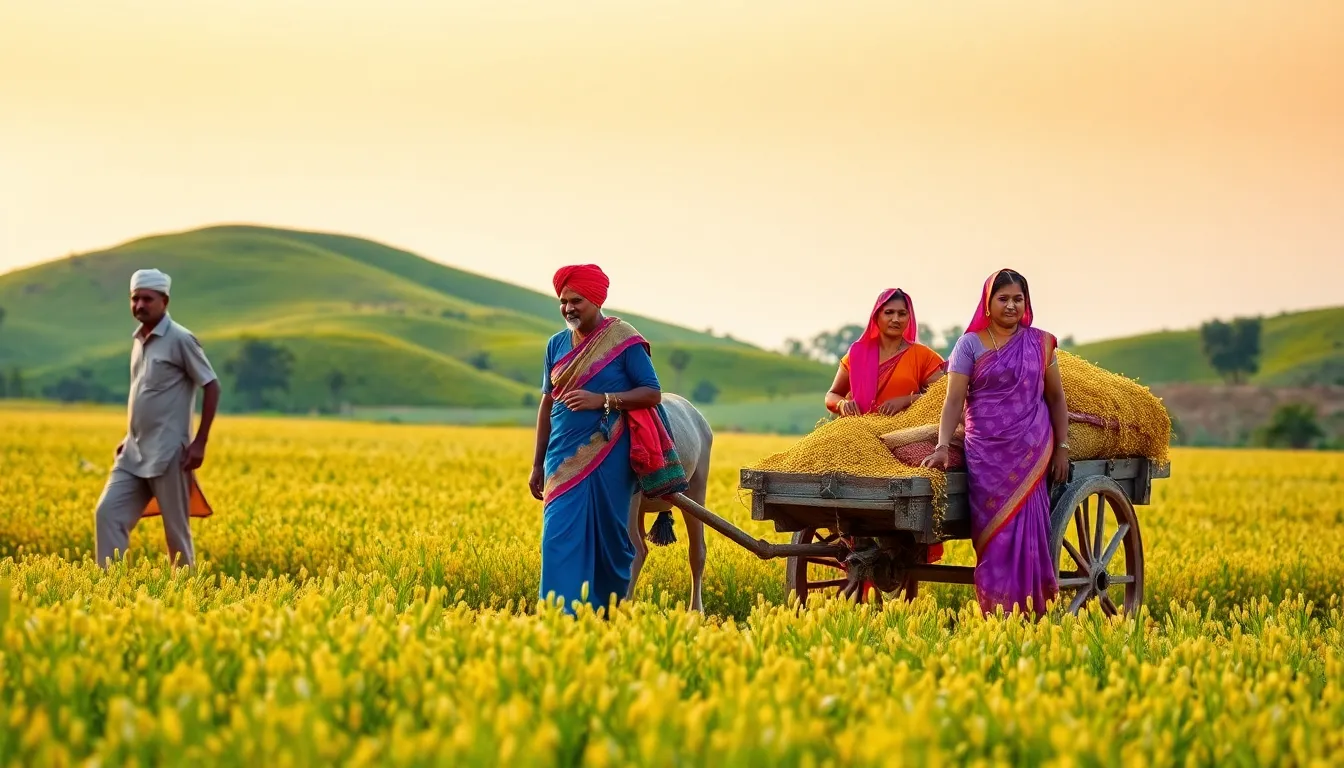Sesame cultivation in Punjab is an important agricultural practice. Farmers can enhance their profits by using high-yielding sesame varieties. These include Punjab Til-1, TC-25, and TC-289. Each of these varieties offers unique benefits. They are not only high-yielding but also resistant to diseases.
To achieve the best results, farmers must follow good agronomic practices. Timely sowing is crucial. Farmers should plant sesame during the second fortnight of July to align with the Kharif season. This timing helps maximize yield. Additionally, balanced fertilization is key. Farmers should apply nitrogen, phosphorus, and potassium in the right amounts. For example, applying 40 kg/ha of nitrogen can support healthy crop growth.
Weed control is also essential for successful sesame farming. The first 40 days after planting are critical. Farmers should conduct two hand weedings during this period. This will help prevent competition for nutrients and water.
Pest and disease management are vital for maintaining healthy crops. Common pests include leaf rollers and capsule borers. Diseases like Phytophthora blight can also harm the crop. Using resistant varieties, along with timely applications of insecticides and fungicides, is effective in protecting crops.
Among the recommended varieties, Punjab Til-1 is known for its early maturity. It typically yields between 650 and 700 kg/ha and contains 48–52% oil. TC-25 offers slightly higher yields of 700 to 800 kg/ha, with a similar oil content. It matures in 80 to 85 days, making it a reliable choice for many farmers.
Another strong performer is TC-289. This variety is notable for its tolerance to Macrophomina, a soil-borne pathogen. It yields similarly to TC-25 and matures in 84 to 88 days. These varieties are well-suited to Punjab’s climatic conditions, ensuring good adaptability.
Maximizing sesame productivity requires careful land preparation. Deep plowing improves soil structure and drainage. Incorporating well-decomposed farmyard manure before sowing boosts soil fertility. Farmers should apply 5 to 10 tons per hectare of this manure to enhance organic matter content.
Irrigation is important, especially during critical stages like flowering and capsule formation. However, farmers must avoid waterlogging, as sesame is sensitive to excess moisture.
Harvesting should start when the lower seed capsules turn yellow. If harvesting is delayed, there is a risk of seed shattering. After cutting, plants should be dried thoroughly before threshing. This preserves seed quality and minimizes losses.
In conclusion, sesame cultivation in Punjab holds great potential. By adopting high-yielding, disease-resistant varieties and following best practices, farmers can significantly boost their yields and profits. This not only benefits individual farmers but also strengthens Punjab’s agricultural sector as a whole. As global demand for sesame continues to rise, it is crucial for farmers to adopt modern cultivation techniques to seize economic opportunities.

